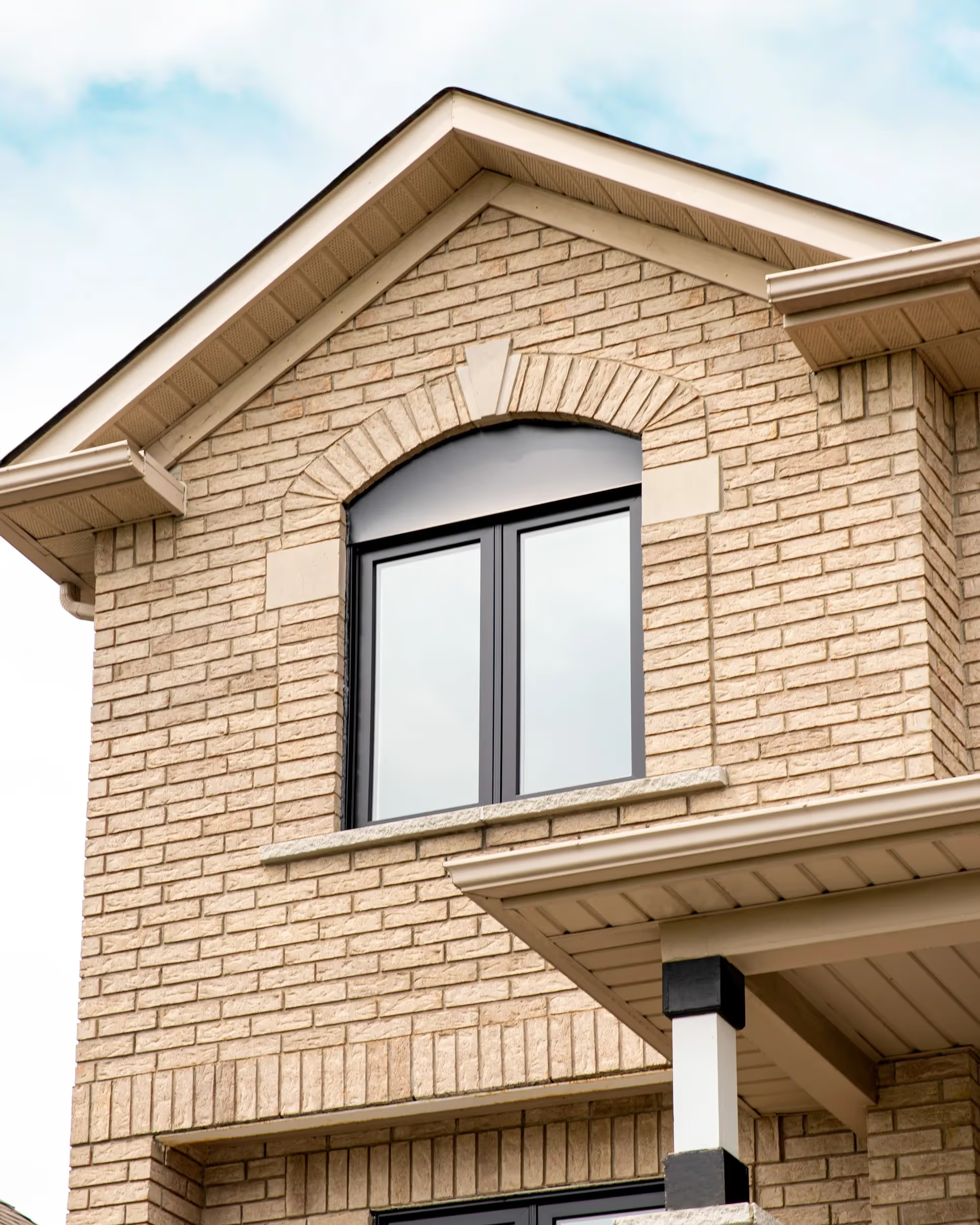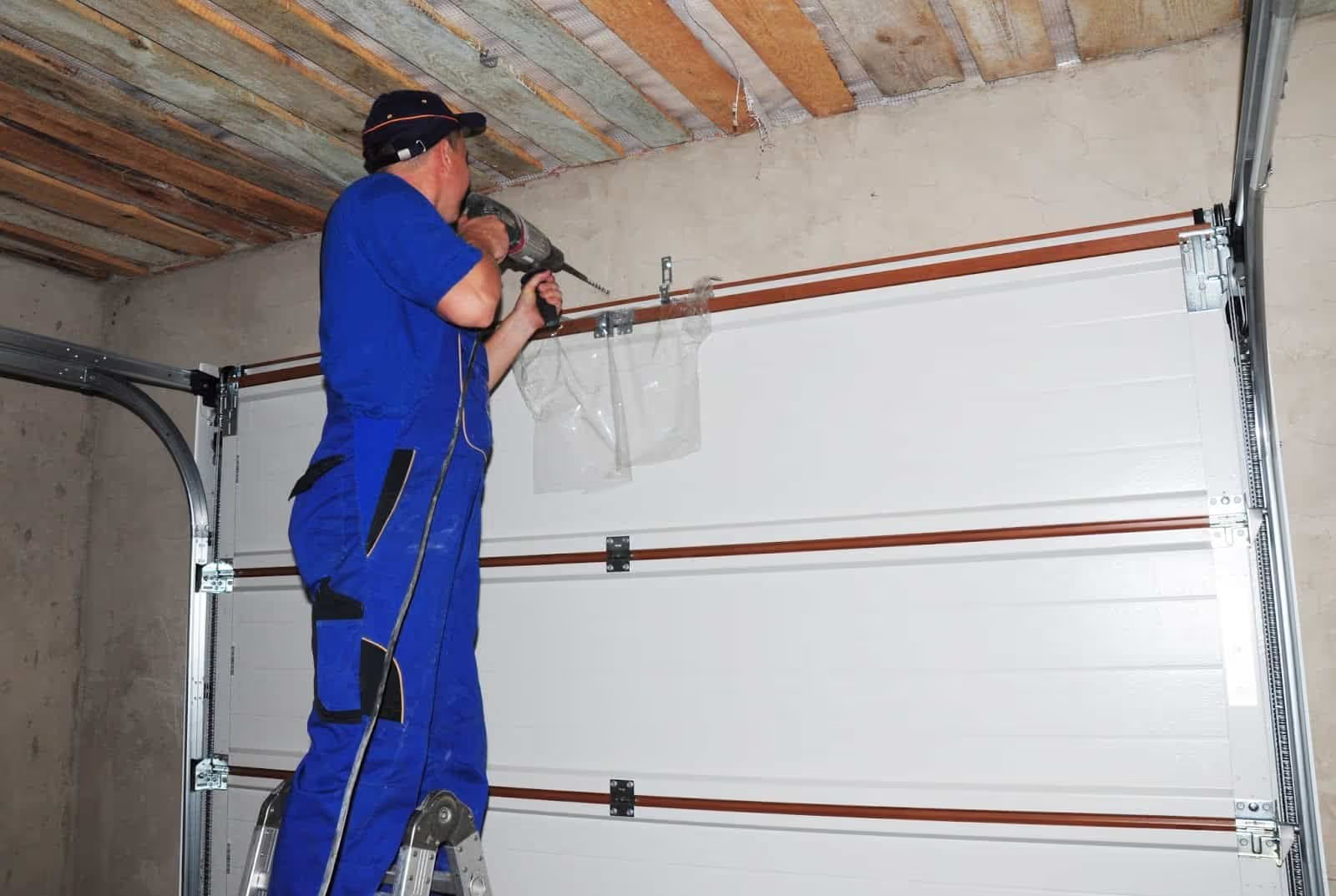A breakthrough new material is looking to change the way we look at windows, heating, and lighting in our homes. By dynamically modifying sunlight as it passes through the window, this coating will allow us to control light and heat levels independently in order to gain greater control over the environment indoors. Window settings are customizable depending on climate, season, and time of day and can increase the energy efficiency and comfort of any home.
Designed by researchers in the US Department of Energy’s Lawrence Berkeley Laboratory, this electrochromic material changes its light transmission properties when affected by electricity, changing from transparent to translucent and back again. Not only will this help homeowners avoid the cost of installing blinds and curtains, the energy efficiency of this treatment is two-fold: First, it lowers the impact of outside environmental factors on the temperature inside your home. This means that your air conditioner won’t have to work overtime during the sunniest hours of the day in order to compensate for the heat pouring in. Secondly, while the windows require energy in order to change states, they do not require any in order to maintain it.
Made of an electrochromic material composed of nanocrystals of indium tin oxide embedded in a glassy matrix, this new treatment allow selective control over both visible light and heat-producing near-infrared light. What this means practically is that you can enjoy the beauty of a perfect summer day without worrying about the strain all that light and heat is putting on your air conditioner: it will remain nice and cool indoors throughout the hottest hours of the day without needing to give up all that great natural lighting.
Electrochomic refers to materials that change color when energized with an electrical current. Through a chemical reaction known as oxidization, molecules in the compound lose an electron in order to become opaque. The short burst of electricity required is used to trigger this change. When transparency is desired, the process is simply reversed with another short burst of electricity.
Darkening of the window occurs from the outer edges moving inward and is not instantaneous, in fact it may take up to several minutes depending on the size of the window. As this material does provide visibility even in its darkened state it can also be used to protect sensitive documents in museums from damaging light.
There are several competing technologies on the market which perform similar functions:
- Thermotropics, photocromics, and photochromatics also change color to block light and heat but, as they are triggered automatically by light or heat they cannot be manually controlled. This type of technology is not optimal for windows as it is prone to “false-positives” but has been used with success for the development of self-adjusting sunglasses.
- Liquid Crystals can also be used to create a similar effect but they do not have the same range of states as other technologies and are either on or off without any middle-ground.
- Reflective hydrides are a newer technology which, instead of turning translucent or opaque, become mirror-like when activated.
Smart windows are the windows of the future: A brilliant blending of science, aesthetic, and high-tech appeal.
(Source)








